Elizabeth Brown isn’t exactly from bobsled country.
She grew up in Lincolnshire — one of the flattest parts of England — and now lives in Moray, one of the flattest parts of Scotland.
So hurtling headfirst down an icy track at 60 miles per hour isn’t what you’d expect from the 37-year-old RAF veteran.
Especially as she specialises in the skeleton, the discipline that is often compared to riding a tea tray down a frozen chute – headfirst.
But at this year’s first-ever Winter Invictus Games in Whistler, Canada, that’s exactly what she did, becoming the only woman in her event to break the 100 kilometres per hour barrier and taking gold in the ISK2 Single Run skeleton event.
“That was all I wanted,” she says. “Breaking 100 was fantastic.”
A long journey to Invictus glory
Elizabeth’s journey to the Invictus Games — created by Prince Harry for wounded, injured and sick servicemen — was hard-earned.
A decade in the Royal Air Force left her with a series of injuries and a long battle to be properly diagnosed.
At 17, during a training exercise, she injured her ankle. For years, she was told it was minor.
“I kept getting told it was fine, do some physio, take some painkillers and rest,” she says. “But it was never fine. I was in pain constantly.”
Determined not to be medically downgraded, which would have meant missing out on deployments and sports, Elizabeth pushed through, masking the pain with medication.
But eventually, the damage caught up with her and three years ago, she could no longer walk properly.
Crawling around the house, unable to manage the stairs, she finally insisted on an MRI.
The scan revealed an osteochondral lesion — a serious impingement in her ankle that had been misdiagnosed for years.
By then, it wasn’t just her ankle.
An old back injury from lifting a bobsleigh during her time competing for the RAF had worsened over time, especially after giving birth.
Elizabeth was later diagnosed with osteoarthritis in her spine, and now wears a back brace.
Last year, after a string of symptoms such as tremors, extreme fatigue and difficulties with speech, she was also diagnosed with functional neurological disorder (FND), a complex condition affecting how the brain sends signals to the body.
“It’s a vicious cycle,” she explains. “The pain triggers the FND, and the FND triggers the pain and the fatigue.”
Why Elizabeth got strong for recovery, and her daughter
Despite it all, Elizabeth never stopped loving sport. Growing up, it was how she dealt with challenges and frustrations.
“Sport saved me,” she says. “The endorphins, the adrenaline — that’s addictive.”
It was sport, too, that kept her body strong enough to withstand everything that followed.
“I’ve had many compliments from medical professionals saying if I wasn’t into sport, my body would be a complete mess,” she says.
When she heard the Invictus Games were launching a Winter edition, she saw an opportunity — not just for herself, but for her daughter Grace, now 12.
“My daughter had only ever heard me say, ‘I can’t do this, I can’t do that,'” Elizabeth says. “I wanted her to see that I could achieve something.”
Initially, Elizabeth aimed for wheelchair rugby and downhill skiing. But after not making the main rugby squad, she was selected for skeleton — a sport she had competed in before her injuries took over.
It was a bittersweet return.
“I had to give myself a big pep talk,” she says. “I was really unsure at the top of the track and I didn’t know if my body could handle it.”
Breaking Invictus barriers, and celebrating with Grace
But once she launched off, the fear went away.
“Skeleton is weird,” she says. “When you get it right, it’s so quiet. It’s so peaceful. You’re completely 100% in the moment.”
Despite tapping a wall during her run — “which angered me more than anything,” she laughs — she posted a time that stayed unbeaten throughout the day.
Breaking the 100kph barrier was a personal victory as much as a sporting one.
Small and light, Elizabeth wasn’t expected to hit such speeds, especially in a gravity-based sport where heavier athletes often have an advantage.
Later that evening, after a nerve-wracking wait while officials verified the results, Elizabeth was confirmed as the gold medallist for her weight category — 60 to 70kg — in the ISK2 Single Run.
Her daughter Grace came running across the snow to throw her arms around her.
“It was the sweetest moment,” she says.
Why Elizabeth handed Invictus founder Prince Harry a leg
There was even a royal twist to her Games.
Waiting at the bottom of the bobsled track one day, Elizabeth found herself face to face with Prince Harry and Meghan Markle.
“I was holding a spare leg for one of our teammates,” she laughs. “Then I turned around and there they were walking towards me. I literally thrust the leg at Harry without thinking!”
Although the encounter was brief, she remembers how genuine they both were.
“They just get involved with the kids and the families and the banter,” she says. “And the banter’s quite wild. Harry’s kind of on that military level, so it’s expected.”
Making plans for the future
With the gold medal securely in her pocket, Elizabeth is looking to the future.
And now back in Moray, at her home near Dunphail where she lives with Grace, her husband and dogs Midnight and Pepper, she has taken inspiration from her Invictus experience.
At her first training camp, she remembers, she cried the whole way home on the plane.
“For the first time in what felt like over a decade, nobody was telling me all the things I couldn’t do,” she says. “Instead, they were adapting everything to what I could do.”
Elizabeth is determined to keep that spirit alive.
She has plans to launch adaptive floor curling sessions locally, and hopes to one day open a fully accessible leisure centre offering everything from adaptive tennis to seated volleyball.
“If there aren’t opportunities up here, I’ll create them,” she says. “Nobody should feel written off. There’s so much that you can still achieve.”
The Royal British Legion, which helped fund and support the UK Invictus team, remains closely involved in Elizabeth’s journey.
“The support they’ve given us — it’s life-changing,” she says. “They didn’t just get us to the Games. They’re helping us stay okay afterwards, too.”
‘I won’t hide anymore’
Elizabeth still faces challenges.
She is in pain every day and her fatigue and tremors haven’t disappeared.
But she has learned to live differently now.
“I used to hide away in the house,” she says. “Now, I want to build something. I want to inspire people. I want them to know — just because your life changes doesn’t mean it’s over.”
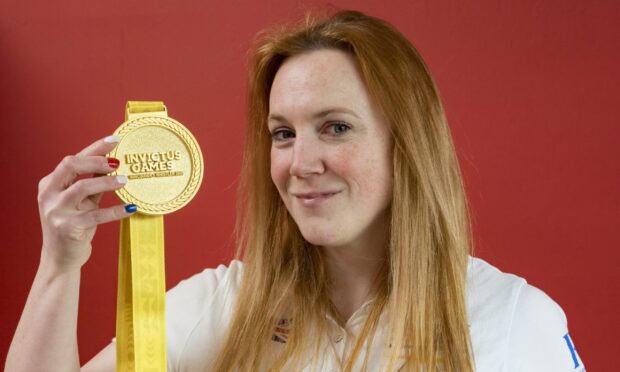

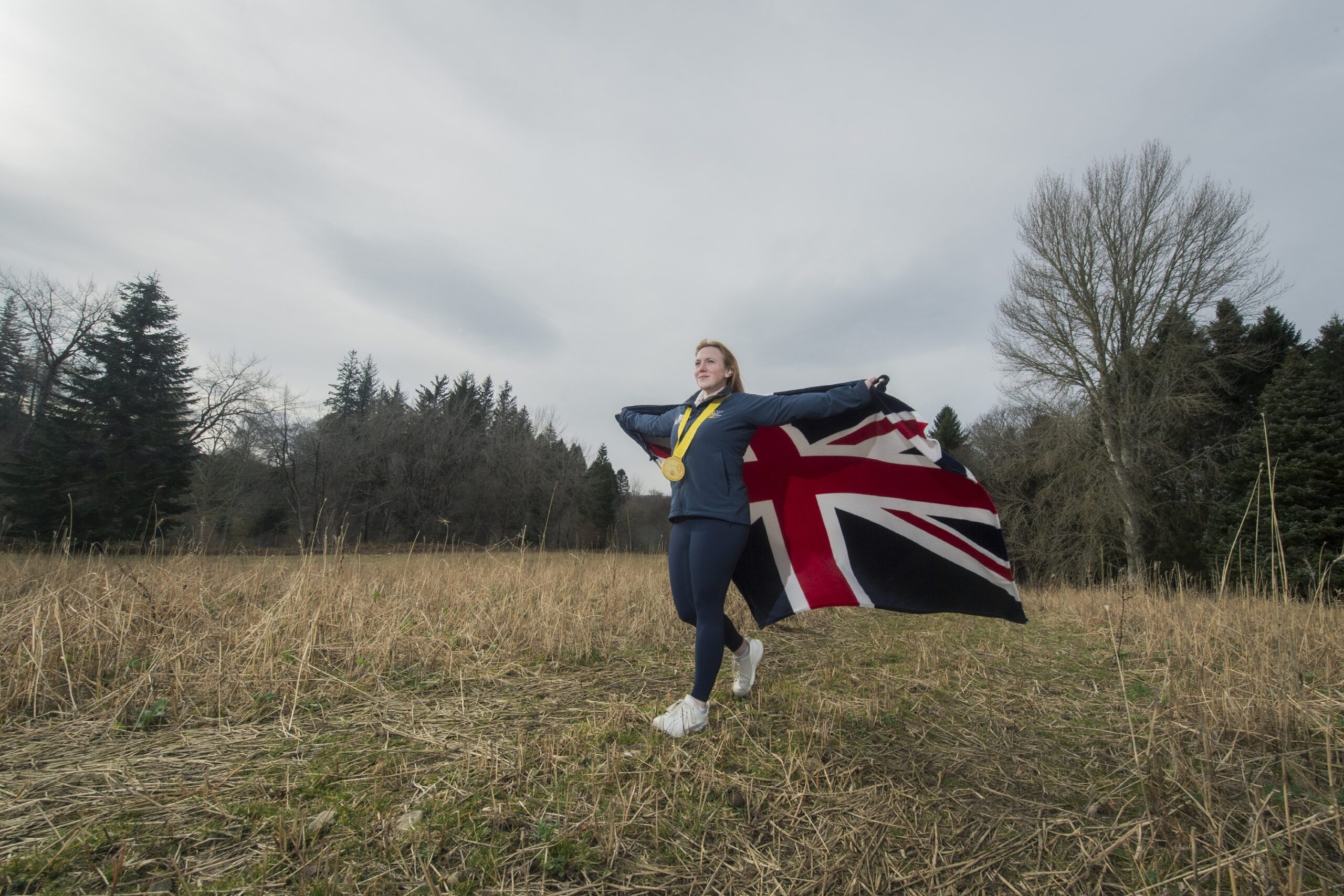
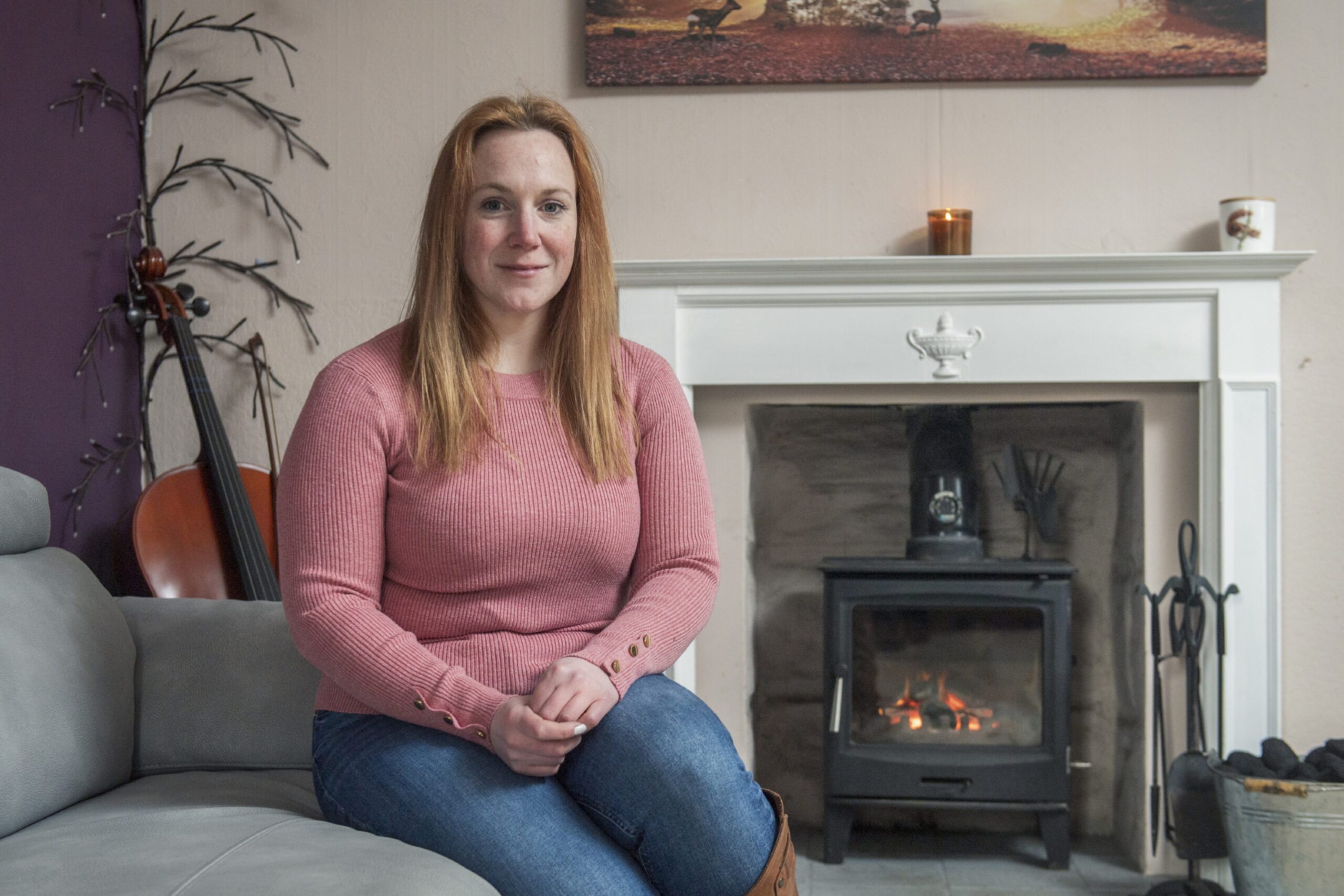
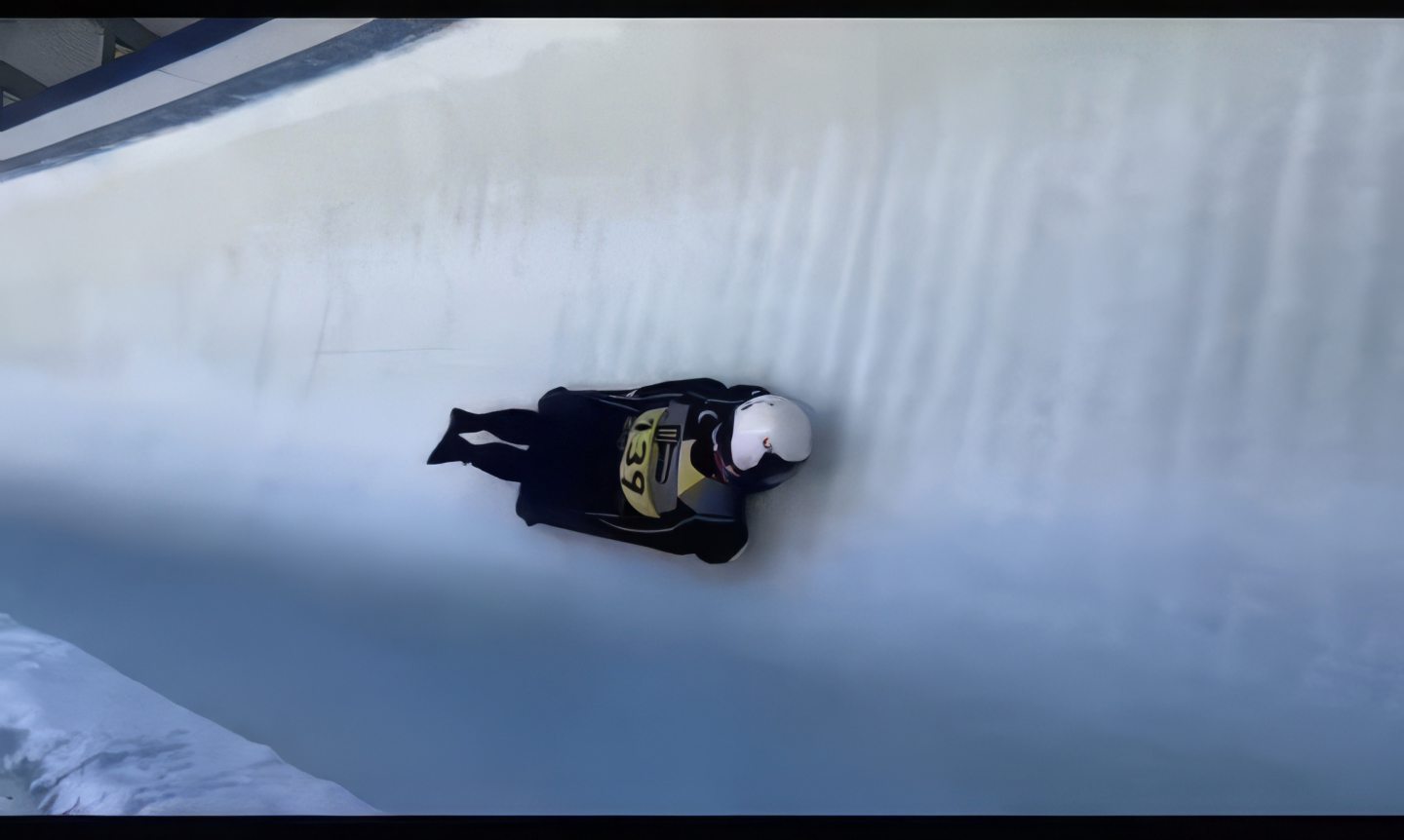
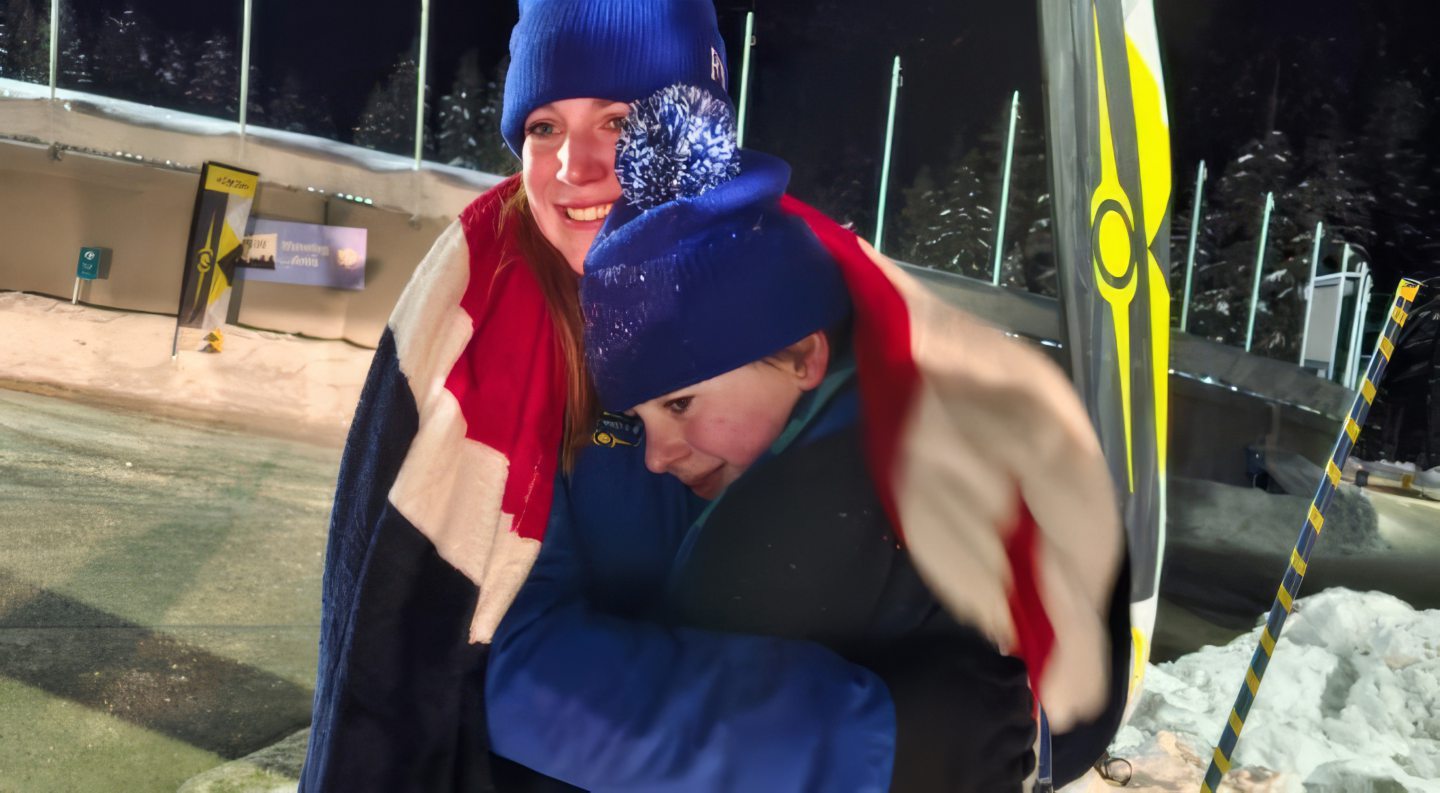
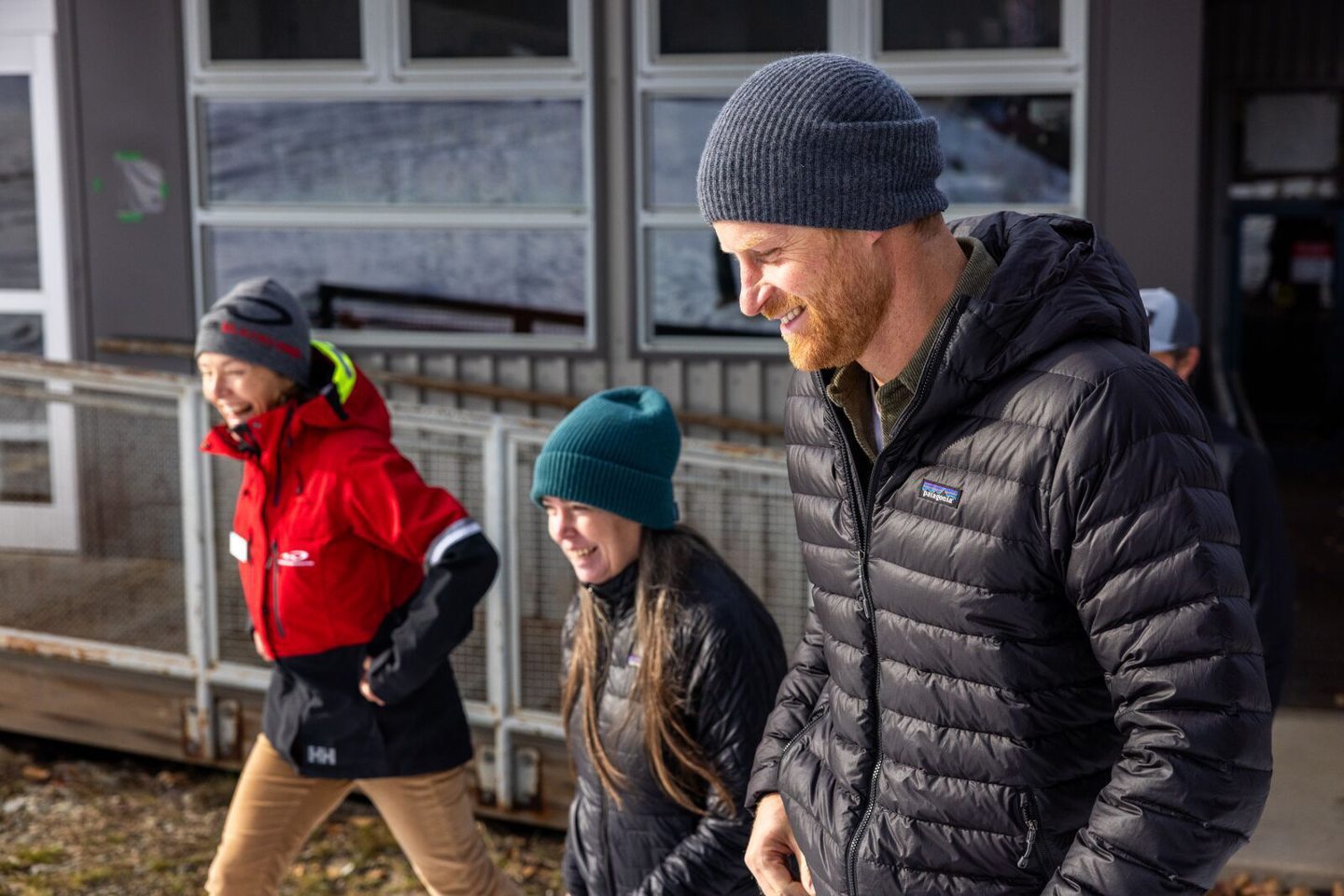
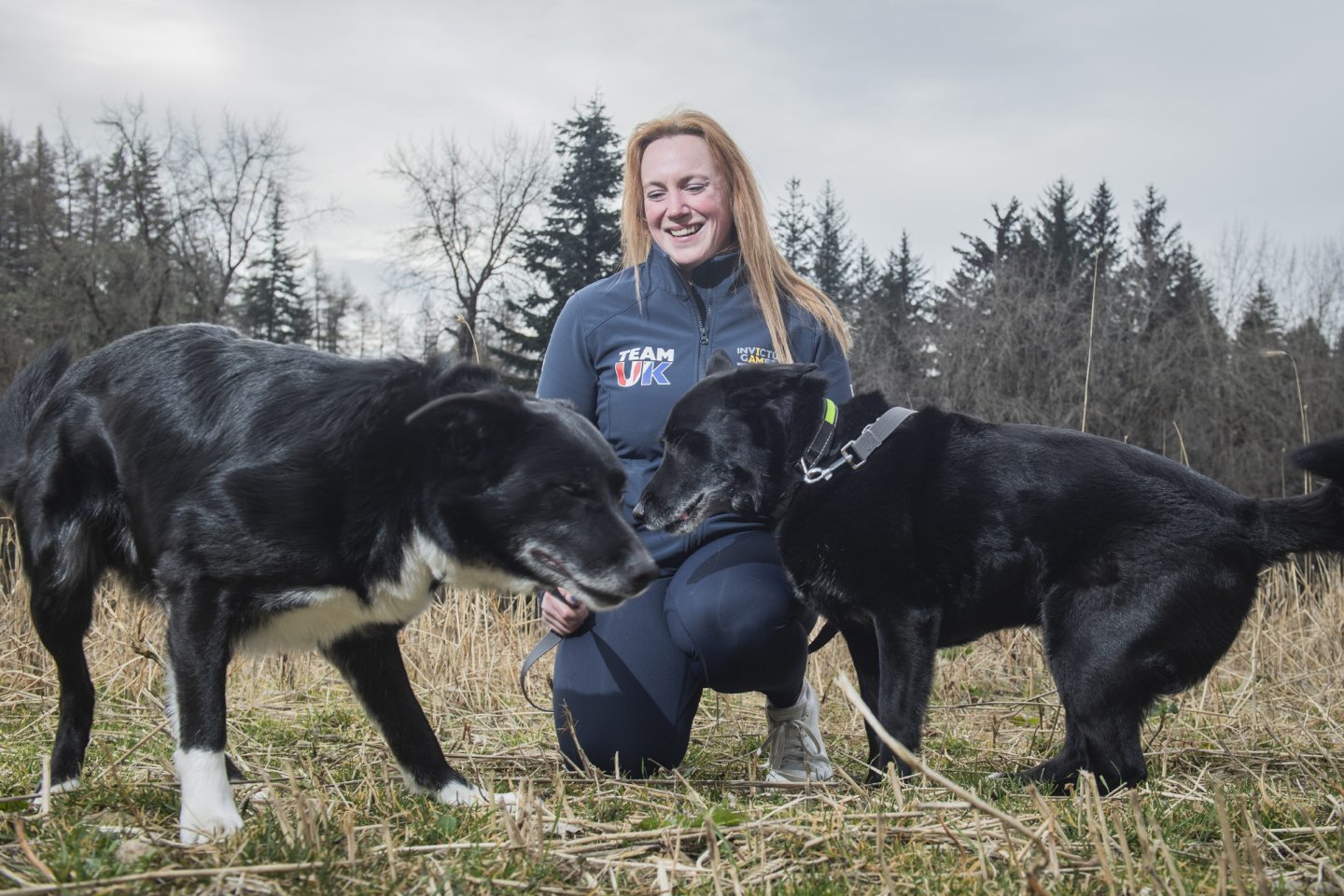
Conversation